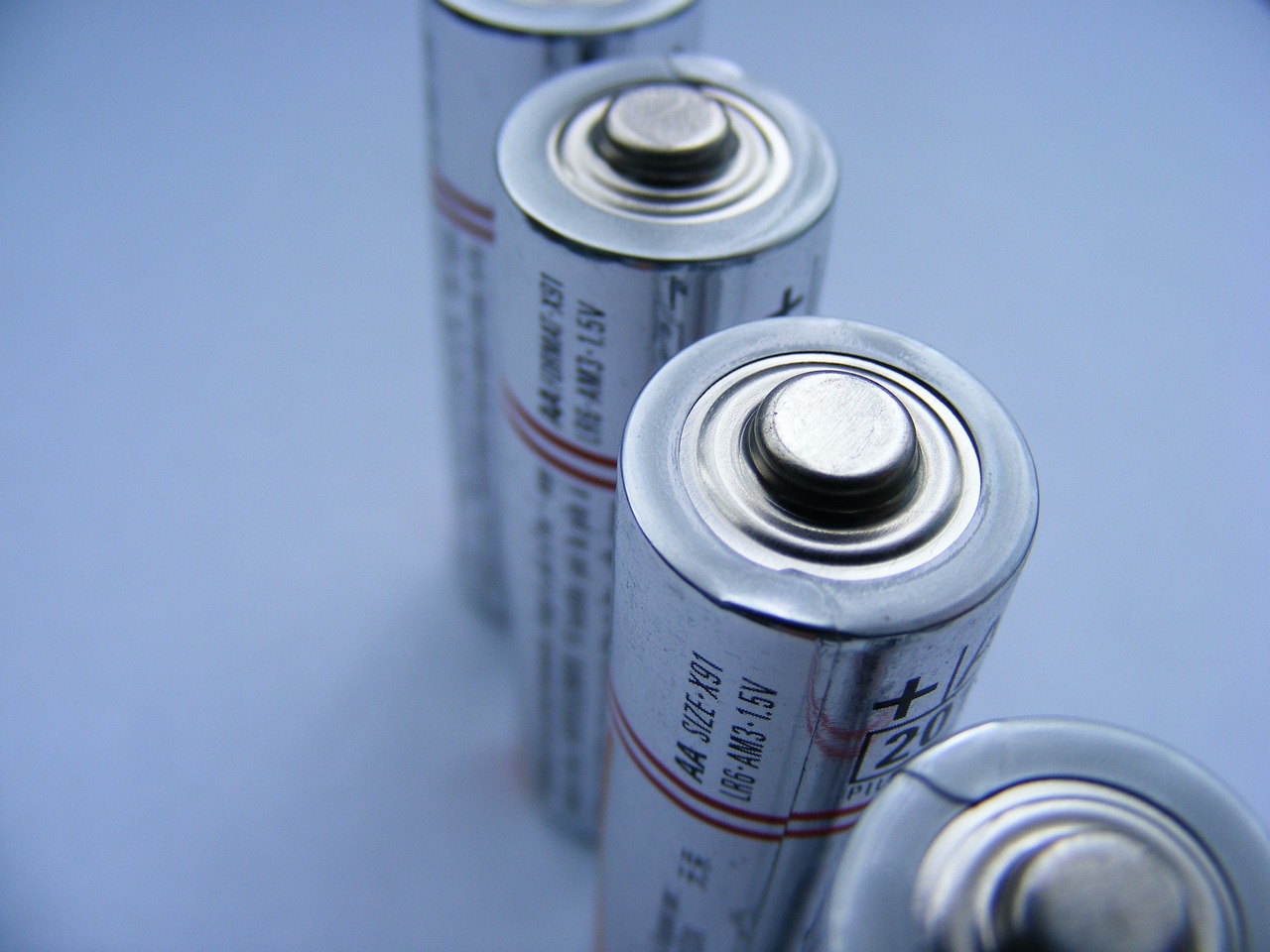This post is also available in:
 עברית (Hebrew)
עברית (Hebrew)
Scientists from the U.S. Army Combat Capabilities Development Command Army Research Laboratory (DEVCOM ARL) have recently introduced a new method that could revolutionize rechargeable batteries. This innovation focuses on improving the efficiency and lifespan of rechargeable batteries used in military equipment.
According to Interesting Engineering, the research team developed a surface treatment technique aimed at improving multivalent metal electrodes used in rechargeable zinc batteries. By applying a specialized acidic solution, the process generates an ultra-thin protective layer on the battery’s electrodes—thinner than a human hair—that significantly boosts battery efficiency.
The interphase layer that was created offers remarkable improvements in battery performance, which could provide soldiers with more reliable power sources for their essential equipment in the field, explained Dr. Travis Pollard, head of the research team.
This new technology could provide a vital alternative to traditional lithium-ion batteries, opening the door to a range of potential uses. From military energy storage systems to consumer electronics and electric vehicles, the implications are vast. Longer-lasting batteries will enhance operational readiness for military personnel, reducing the need for frequent recharging or replacement during missions.
The treatment process involves carefully applying an acidic solution to the electrode surface, followed by a controlled drying phase that forms a hydrated hydrochloride interphase layer, only a few micrometers thick. This development could significantly extend battery lifespan and improve overall performance.
According to Interesting Engineering, the team explained that they are also focused on ensuring the real-world application of this breakthrough, translating their research into practical solutions that can benefit both military and civilian sectors. With plans to license the technology through the Army’s technology transfer program, this breakthrough could soon transform industries ranging from defense to energy storage, having an impact on both the defense and civilian markets.


























